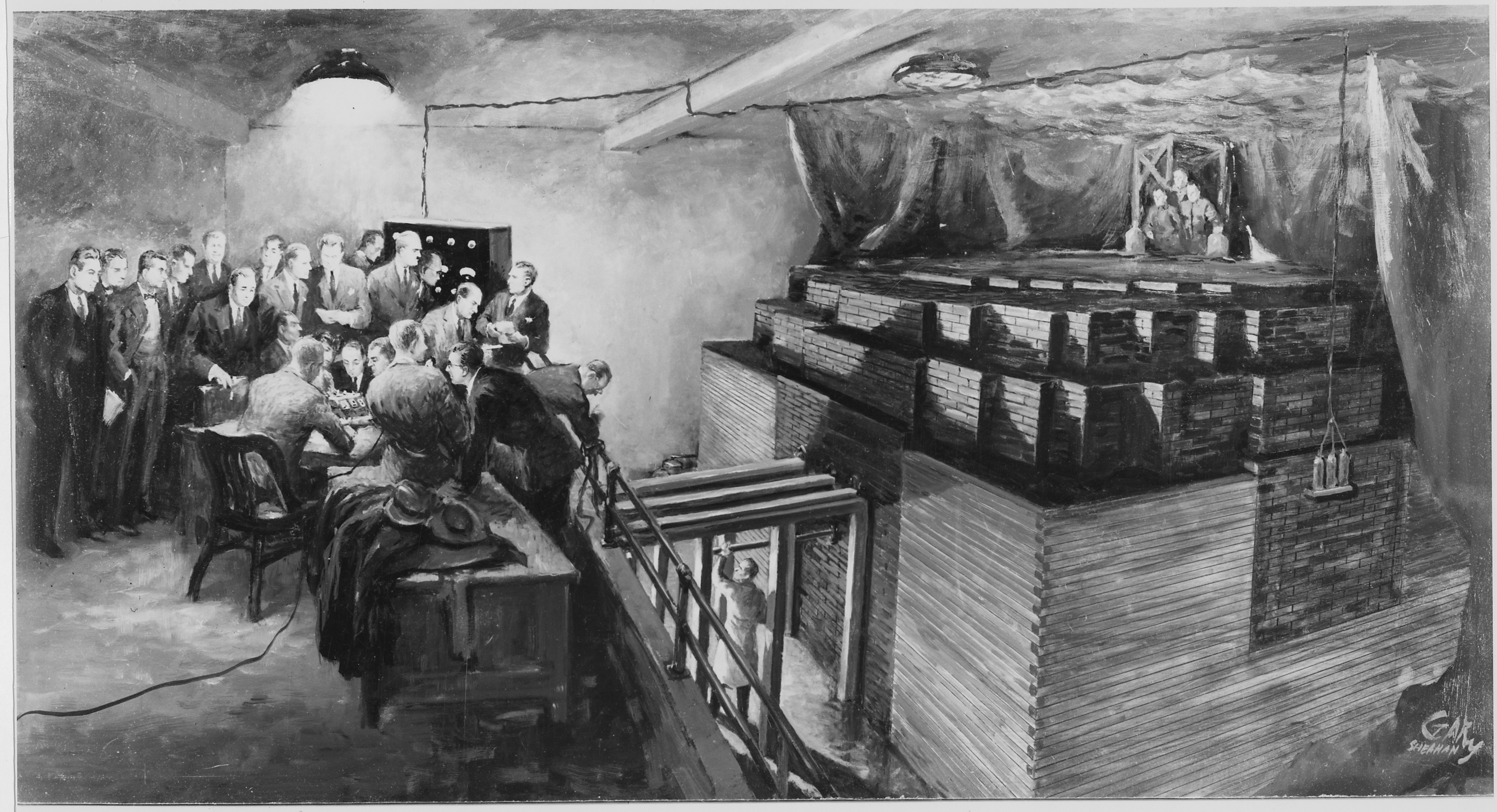By Katja Grace, 28 July 2015
This week Robin Hanson is finishing off his much anticipated book, The Age of Em: Work, Love and Life When Robots Rule the Earth. He recently told me that it would be helpful to include rough numbers for the brain’s memory and computing capacity in the book, so I agreed to prioritize finding the ones AI Impacts didn’t already have. Consequently we just put up new pages about information storage in the brain. We also made a summary of related ‘human-level’ hardware pages, and an index of pages about hardware in general.
Robin’s intended use for these numbers is interesting. The premise of his book is that one day (perhaps in the far future) human minds might be emulated on computers, and that this would produce a society that is somewhere between recognizably human and predictably alien. Robin’s project is a detailed account of life in such a society, as far as it can be discerned by peering through social science and engineering theory.
One prediction Robin makes is that these emulated minds (’ems’) will run at a wide variety of speeds, depending on their purposes and the incentives. So some ems will have whole lifetimes while others are getting started on a single thought. Robin wanted to know how slow the very slowest ems would run. And for this, he wanted to know much memory the brain uses, and how much computing it does.
His reasoning is as follows. The main costs of running emulations are computing hardware and memory. If Anna is running twice as fast as Ben, then Anna needs about twice as much computing power to run, which will cost about twice as much. However Anna still uses around as much memory as Ben to store the contents of her brain over time. So if most of the cost of an emulation is in computation, then halving the speed would halve the cost, and would often be worth it. But once an emulation is moving so slowly that memory becomes the main cost, slowing down by half makes little difference, and soon stops being worth it. So the slowest emulations should run at around the speed at which computing hardware and memory contribute similarly to cost.
Hardware and memory costs have been falling at roughly similar rates in the past, so if this continues, then the ratio between their costs now is a reasonable (if noisy) predictor of their ratio in several decades time. Given our numbers, Robin estimates that the slowest emulations will operate at between a one hundred trillionth of human speed and one millionth of human speed, with a middle estimate of one tenth of a billionth of human speed.
At these rates, immortality looks a lot like dying. If you had been experiencing the world at these speeds since the beginning of the universe, somewhere between an hour and a thousand years would seem to have passed, with a middle estimate of a year. Even if the em economy somehow lasts for a thousand years, running this slowly would mean immediately jumping into whatever comes next.
These things are rough of course, but it seems pretty cool to me that we can make reasonable guesses at all about such exotic future scenarios, using clues from our everyday world, like the prevailing prices of hard disks and memory.
If you are near Berkeley, CA and want to think more about this kind of stuff, or in this kind of style, remember you can come and meet Robin and partake in more economic futurism at our event this Thursday. We expect a good number of attendees already, but could squeeze in a few more.
Image: Robin Hanson in a field, taken by Katja Grace



1 Trackback / Pingback